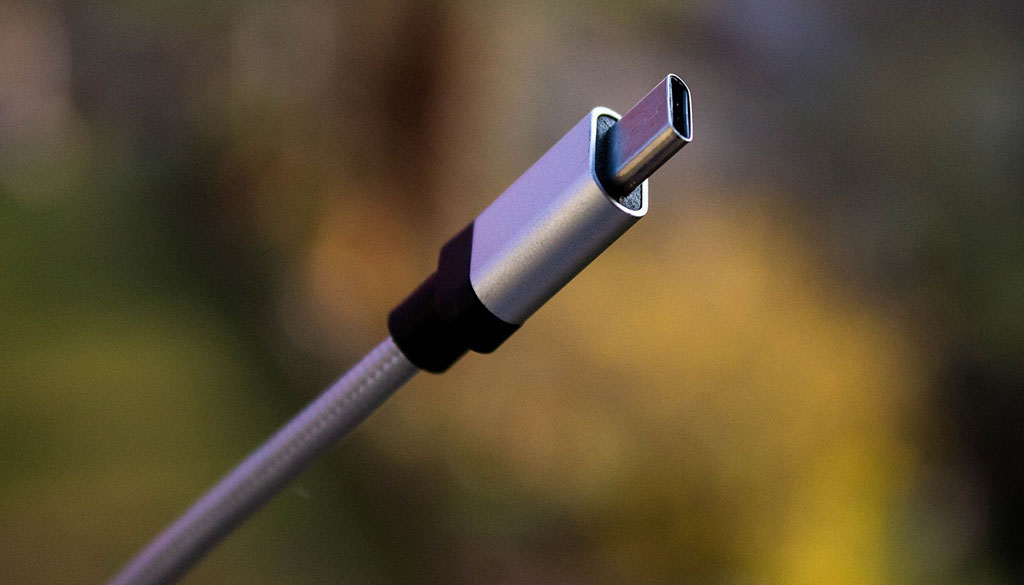USB is doubling in speed, but the naming conventions are getting ridiculous
Make way for several USB 3.2 standards.
Mensa should update its IQ test with a section on USB branding, because boy-oh-boy, are things getting convoluted. Or should I say, more convoluted. Either way, USB 3.2 is coming, and while it will effectively double the bandwidth of USB 3.1, trying to wrap your head around the different specifications is an exercise in frustration.
Here's the the deal—we've known about USB 3.2 for about a year and a half now, as it was announced July of 2017. Now, however, the USB Implementers Forum (USB-IF) has provided some additional information (PDF) about the spec. The key upgrade is that USB 3.2 allows for up to two lanes of 10Gbps operation to realize a 20Gbps data rate. Easy enough, right?
It would be, except the USB 3.2 specification is absorbing all prior USB 3.x specifications, and that is where things get confusing. Because of this approach, USB 3.2 can refer to THREE different transfer rates:
- USB 3.2 Gen 1: 5Gbps
- USB 3.2 Gen 2: 10Gbps
- USB 3.2 Gen 2x2: 20Gbps
And then there are the marketing terms.
"SuperSpeed Plus, Enhanced SuperSpeed, and SuperSpeed+ are defined in the USB specifications, however these terms are not intended to be used in product names, messaging, packaging or any other consumer-facing content," USB-IF says.
USB-IF says manufacturers should refer to USB 3.2 Gen 1 as SuperSpeed USB, USB 3.2 Gen 2 as SuperSpeed USB 10Gbps, and USB 3.2 2x2 as SuperSpeed 20Gbps. This is to "avoid consumer confusion," because USB-IF is well aware that it's created a mess of names.
Since the USB 3.2 nomenclature is absorbing all previous specifications, consumers will have to wade through old and new branding...again. USB 3.0, for example, became USB 3.1 Gen 1 when USB 3.1 arrived, and is now becoming USB 3.2 Gen 1. Here's how it breaks down:
Keep up to date with the most important stories and the best deals, as picked by the PC Gamer team.
- USB 1.1 ---> still USB 1.1 (Full Speed)
- USB 2.0 ---> still USB 2.0 (High Speed)
- USB 3.0 ---> USB 3.1 Gen 1 ---> USB 3.2 Gen 1 (SuperSpeed)
- USB 3.1 Gen 2 ---> USB 3.2 Gen 2 (SuperSpeed 10Gbps)
- USB 3.2 Gen 2x2 (SuperSpeed 20Gbps)
In a way, it makes sense to consolidate things [EDIT: The Wi-Fi Alliance did it the right way]. However, there are side effects to rebranding. Old terminology will remain in the marketplace on existing packaging, and even on new packaging before USB 3.2 fully takes hold. It's a tough-ask to expect the average consumer to know that a USB 3.0 product is the same as a USB 3.1 Gen 1 product, which is also the same as a USB 3.2 Gen 1 product, but slower than a USB 3.1 Gen 2 product, which is also a USB 3.2 Gen 2 product.
Even though there is a new naming scheme, some manufacturers may continue to use the old nomenclature alongside the new in a futile attempt to make things less confusing. For example, a company could sell and market a 5Gbps device as USB 3.0 or USB 3.1, and a 10Gbps device as USB 3.2. But unless every company does the same thing, it's just going to further muddy the waters.
Bear in mind we are only talking about theoretical data transfer rates, and not connection types and/or power delivery capabilities (or lack thereof). USB-IF points out that "USB 3.2 is not USB Type-C, USB Standard-A, Micro-USB, or any other USB cable or connector." Likewise, "USB 3.2 is not USB Power Delivery or USB Battery Charging."
Bottom line? Pay close attention to the actual specs to know exactly what kind of USB device you're buying.
Paul has been playing PC games and raking his knuckles on computer hardware since the Commodore 64. He does not have any tattoos, but thinks it would be cool to get one that reads LOAD"*",8,1. In his off time, he rides motorcycles and wrestles alligators (only one of those is true).



